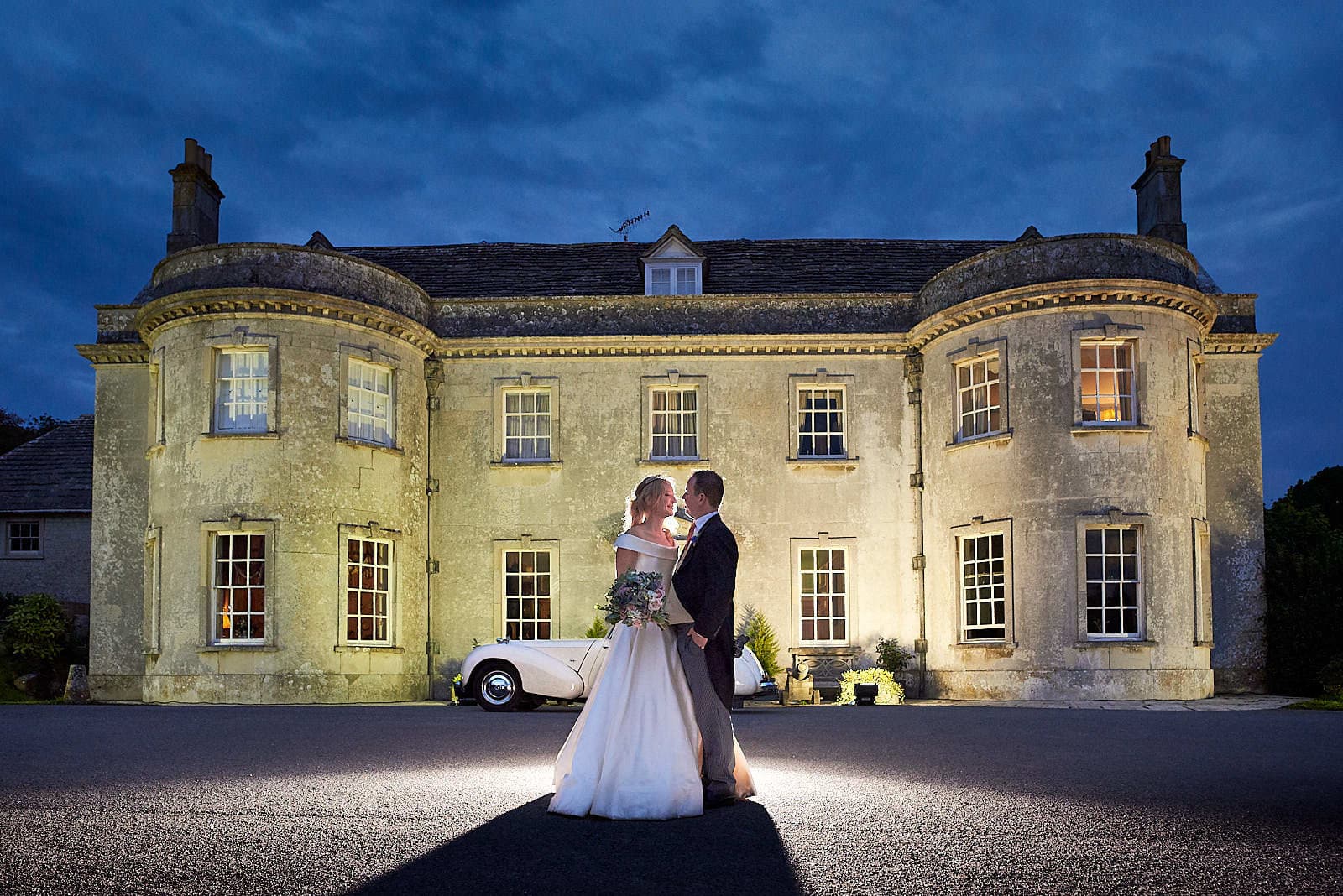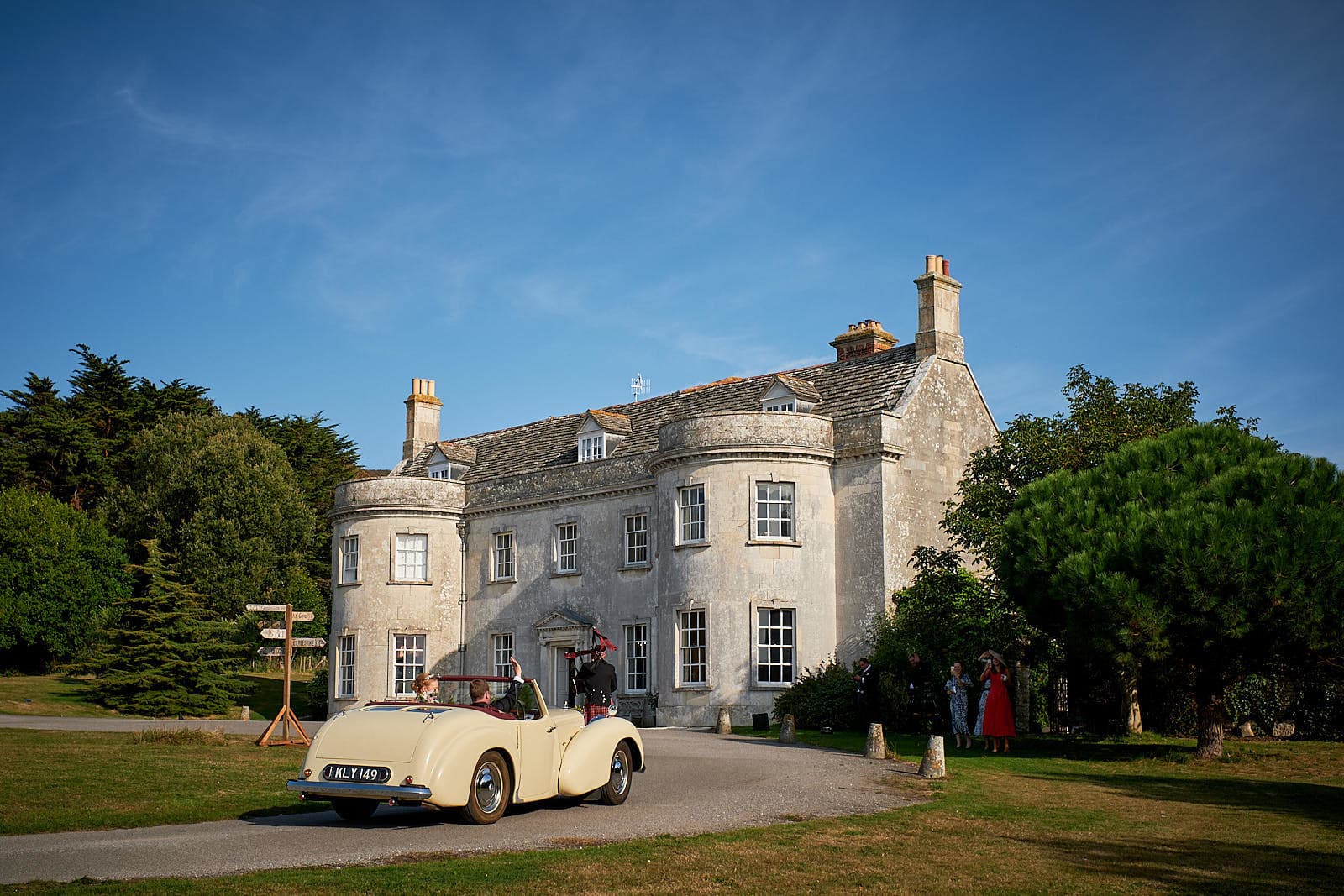Smedmore House
Smedmore House
Kimmeridge
BH20 5PG

History of Smedmore House
Smedmore House, a historic country house in Kimmeridge, Dorset, has a rich and fascinating history. It was initially constructed around 1620 by Sir William Clavell, a descendant of the Clavell family who had acquired the manor of Kimmeridge in 1554 for the equivalent of about £2.7 million in today’s money. The land on which it stands was originally owned by the de Smedmore family until 1391, when it was sold to William Wyot. Through marriage, the estate eventually passed to the Clavell family around 1426.
Sir William Clavell, who built Smedmore House, was a figure of some prominence, having earned his knighthood fighting in Ireland under Elizabeth I. Upon his return to England, he engaged in various industrial ventures, including attempts to produce alum and later glass and salt, using oil shale found in the cliffs near Kimmeridge. These projects, however, led to significant financial losses, forcing Sir William to sell much of his inherited land, including Barneston, which had been the main residence of the Clavells for 200 years.
Interestingly, Sir William’s marriage to Mabel Roper, a descendant of Sir Thomas More, was childless. Thus, his heir was his nephew, John Clavell, a notorious highwayman who later gained fame as a poet. Sir William disinherited his immediate family and left Smedmore House to a distant cousin, Roger Clavell. Following Roger’s death in 1686, the estate passed to his grandson, Edward Clavell, who was born in Bengal, India. Edward partially rebuilt the house, and after him, his sons made further alterations, including the current frontage.
Smedmore House’s history in the 20th century included a brief period in 1940 when it was leased to a girls’ school and then occupied by the American Army in preparation for D-Day. The surrounding area, particularly the Tyneham Estate, was requisitioned by the Ministry of Defence for military training, leaving the nearby village of Tyneham as a preserved snapshot of pre-1942 rural life.
The house, a Grade II* listed building, has remained in the Mansel family since the early 19th century, with the present owner being historian Philip Mansel, a direct descendant of the original purchaser, William Wyot. This continuity of ownership over centuries adds to the historical significance of Smedmore House, making it a remarkable piece of Dorset’s heritage.




